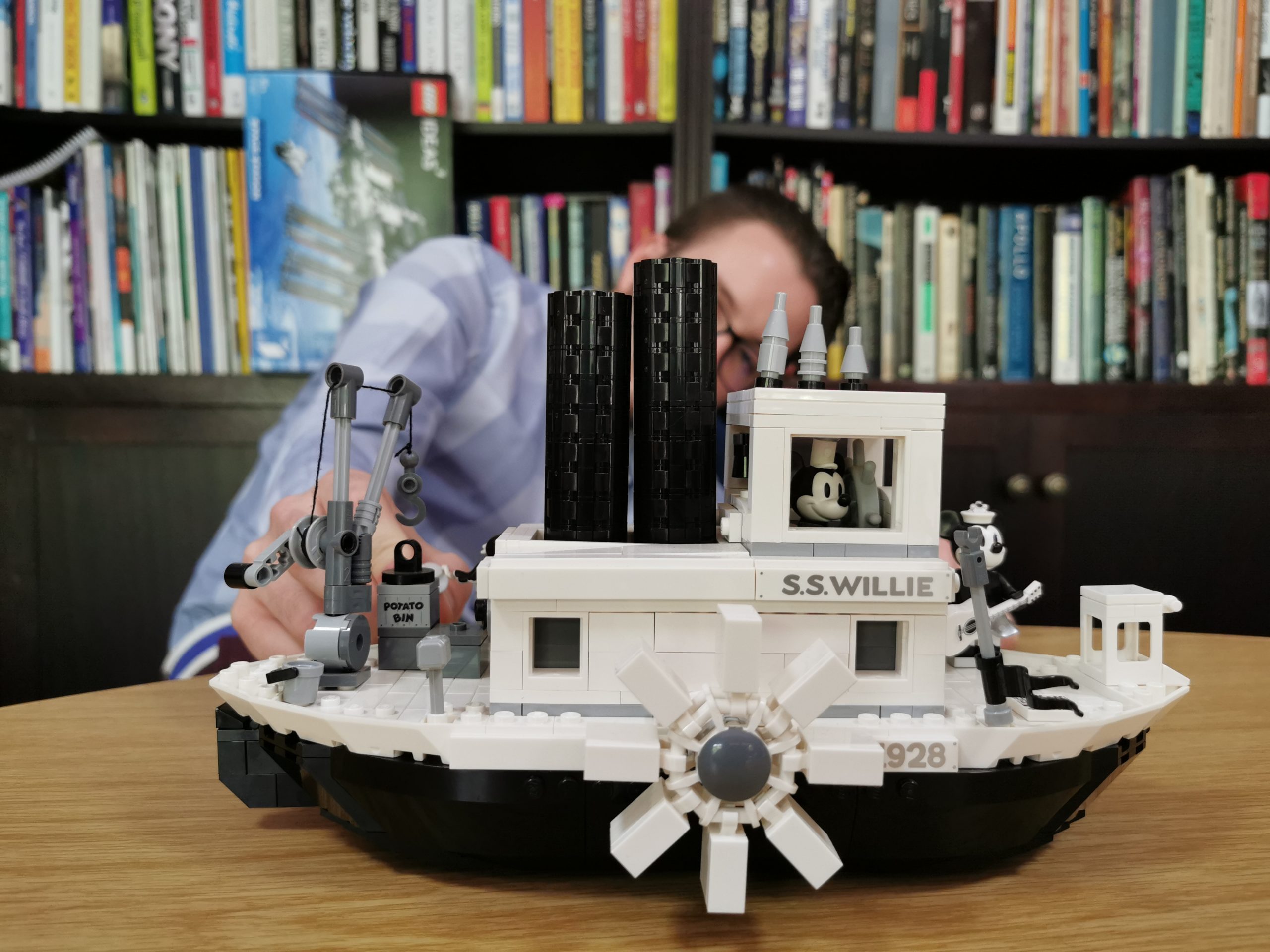Featured
Lego goes large – and digital
Crowdsourcing ideas and adding a virtual layer to play are just two of the strategies that have revived Lego, the legendary company’s CEO tells ARTHUR GOLDSTUCK
Share
- Click to share on X (Opens in new window) X
- Click to share on Facebook (Opens in new window) Facebook
- Click to share on LinkedIn (Opens in new window) LinkedIn
- Click to email a link to a friend (Opens in new window) Email
- Click to share on Reddit (Opens in new window) Reddit
- Click to share on WhatsApp (Opens in new window) WhatsApp
- Click to share on Pinterest (Opens in new window) Pinterest
According to Kristian Imhof, country manager for the Lego Group in South Africa, while the company’s products had been available here for some time, it wanted to make a stronger effort to connect with kids and adults locally.
“It has been done on many levels,” he said. “From the retail perspective, opening the first-ever Lego certified stores in Africa; from a communication perspective, developing tailor-made campaigns to local consumers; but also, through the work of The Lego Foundation. Lego is a family company and the owner family has a strong belief in every child’s right to play – and this is the major driving factor for the broad scope of activities of the Lego Group in South Africa.”
Last week, coincidentally, Lego was also named the world’s most reputable company, in an annual survey run by the New York-based Reputation Institute. The Global RepTrak study surveyed more than 80,000 people in 15 countries. Lego has featured in the top 10 since the survey began in 2011, and this year was cited alongside runner-up The Walt Disney Company for “strong perceptions for their products and services and for leading with innovation”, as well as “higher purpose and positive relationship with shareholders”.
The award aligned closely with the vision of the CEO as well as the company’s owners.
“We’re family-owned,” Christiansen said. “There is great consistency in that. We live our values and in many people’s opinion, we do what is right. We take the total society’s good into consideration.”
Lego also produces an annual sustainability report, which covers children, the environment and human rights.
From a business strategy point of view, said Christiansen, the most important progress had been in making the product line more “relevant, exciting and cool for kids”.

“Either it’s physical play combined with coding or robotics, or augmented reality, or you can remote control something from your iPhone, for example. This has helped make sure that kids that like digital can find really exciting play experiences.
“We did have a very strong operating model in 2017, but we needed to manage the complexity that’s inherent in the Lego play system. We have taken advantage of the modularity of that system and introduced new play while making sure the starting point is always in the brick. That’s the super strength of the building system, that allows us to do this while staying within our operating model.”
The Lego Ideas range is a perfect example of this strategy. It is a sub-brand driven by the ideas of fans, spanning concepts as diverse as the boat from the first Micky Mouse animation, Steamboat Willie, through to a model of the International Space Station.
“This is open-source innovation done in one of the best ways I’ve seen,” said Christensen. “I’m not sure we could have come up with similar ideas internally. Given that we have a fan base like this, given that we allow open innovation and given that they are built on the same system, it’s not any more complicated for us to do a space station than to build a wind turbine or a Chinese festival scene, because it’s off the same system, utilising the same machines and the same manufacturing and supply chain. That’s the beauty. That’s where the focus needs to be.”
Read more on the next page about Lego’s growth in South Africa.
Share
- Click to share on X (Opens in new window) X
- Click to share on Facebook (Opens in new window) Facebook
- Click to share on LinkedIn (Opens in new window) LinkedIn
- Click to email a link to a friend (Opens in new window) Email
- Click to share on Reddit (Opens in new window) Reddit
- Click to share on WhatsApp (Opens in new window) WhatsApp
- Click to share on Pinterest (Opens in new window) Pinterest
| Thank you for Signing Up |



















